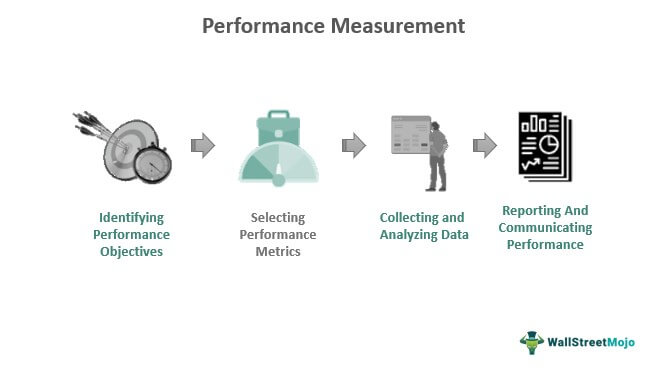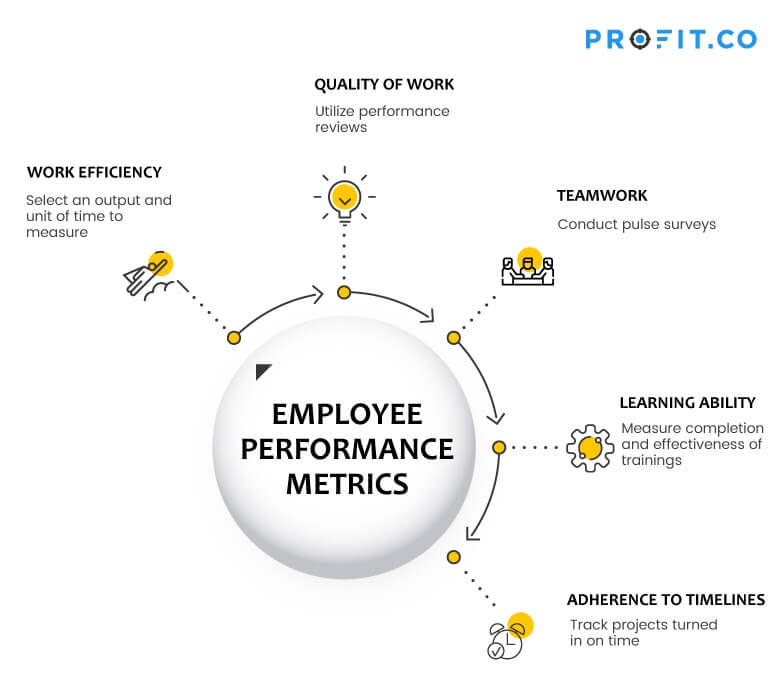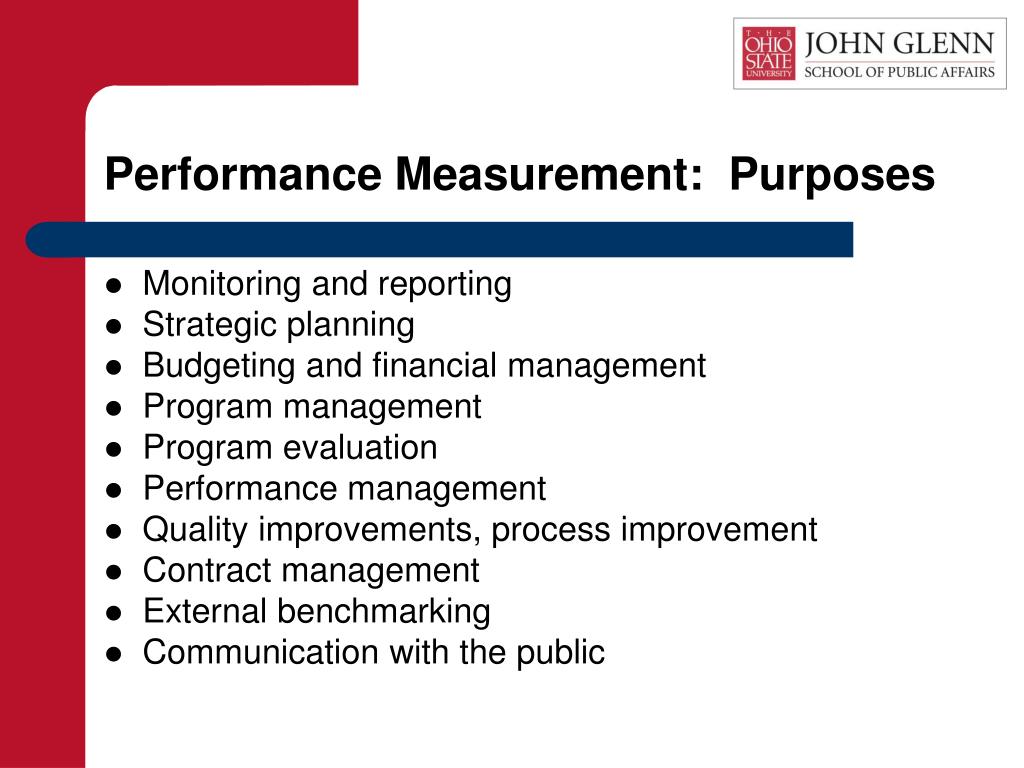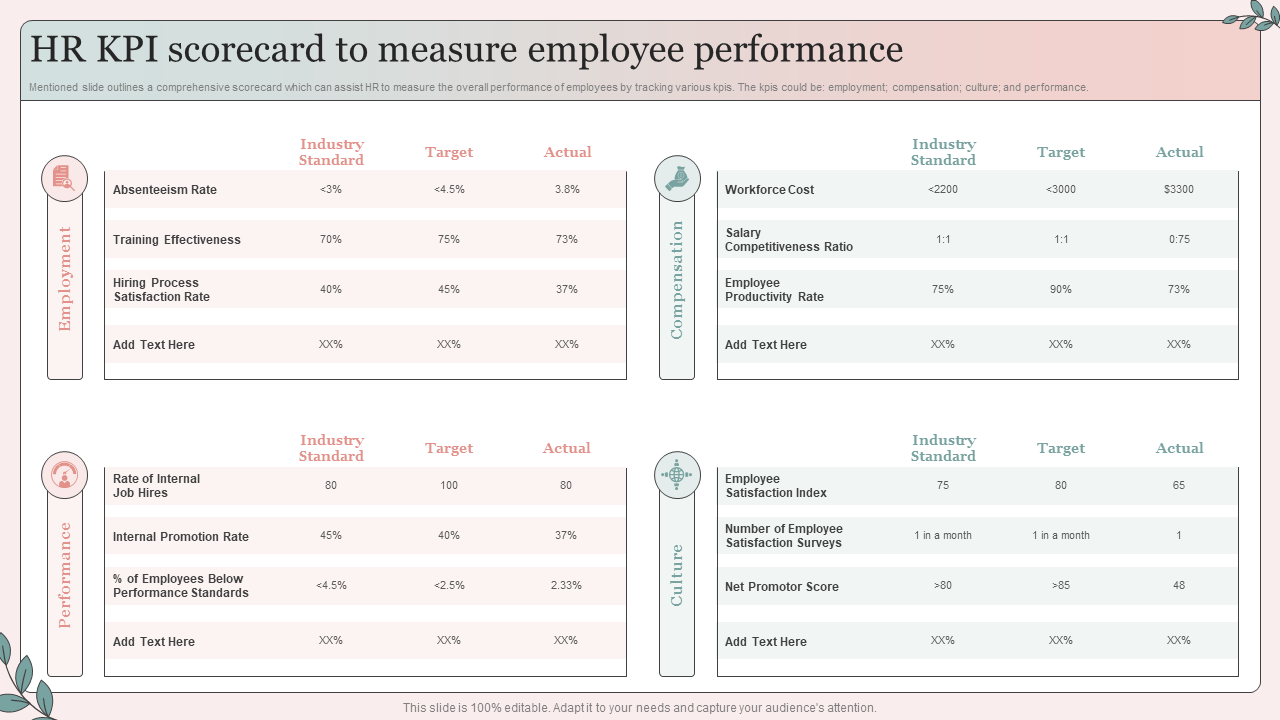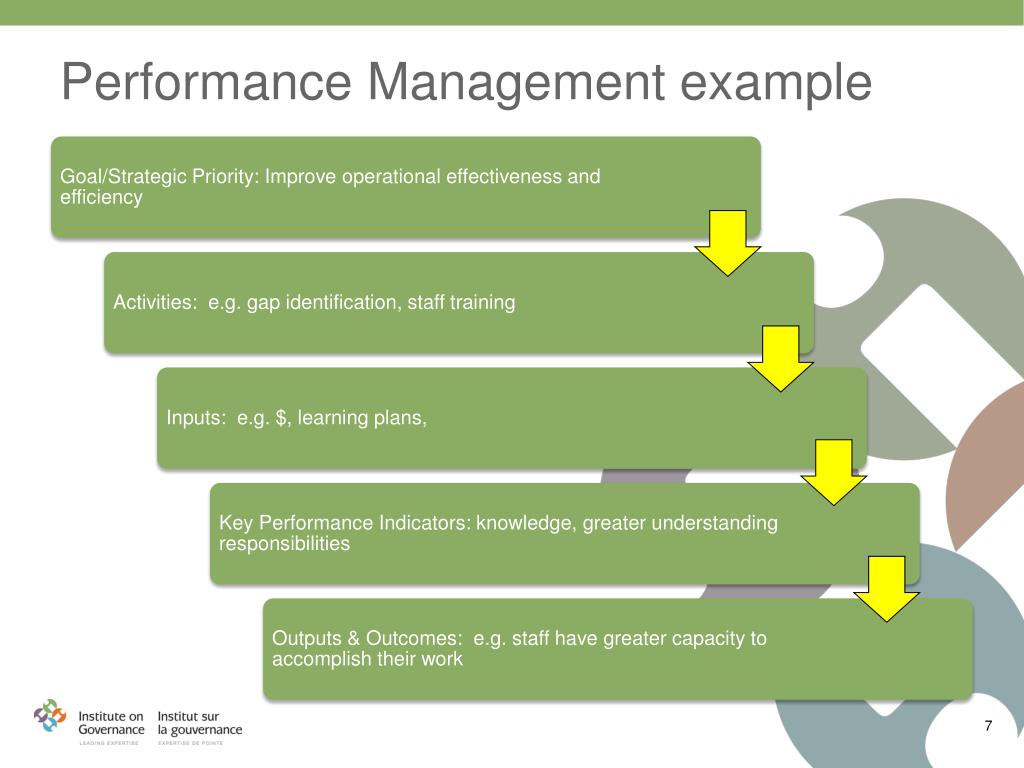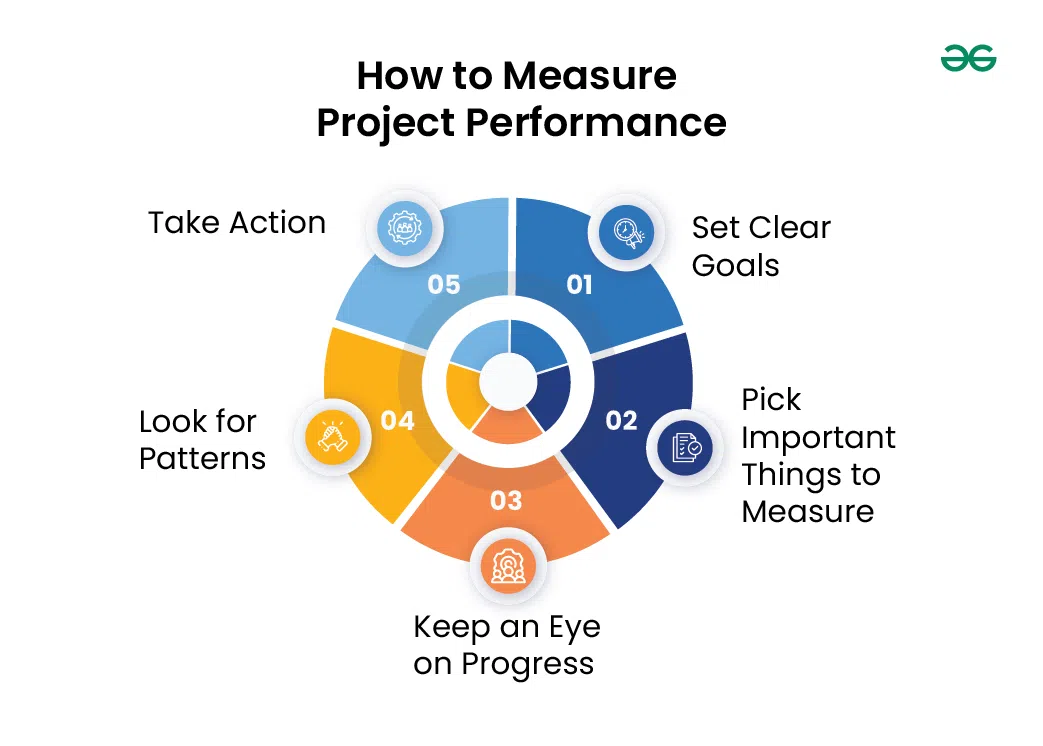How To Measure Department Performance

In today's dynamic business environment, accurately measuring departmental performance is crucial for organizational success. Effective measurement allows businesses to identify strengths, weaknesses, and areas for improvement, leading to increased efficiency and profitability. Understanding the methodologies behind performance evaluation empowers managers to make informed decisions and drive their teams toward achieving strategic goals.
This article explores key strategies and metrics for gauging departmental effectiveness. We delve into various approaches, from traditional key performance indicators (KPIs) to modern, more holistic methods. The aim is to provide a comprehensive guide for businesses seeking to optimize their departmental performance measurement processes.
Key Performance Indicators (KPIs)
KPIs are quantifiable metrics used to evaluate the success of an organization, department, or individual in reaching their objectives. They should be specific, measurable, achievable, relevant, and time-bound (SMART). Examples include sales revenue, customer satisfaction scores, and production output.
For example, a sales department might track the number of new leads generated per month or the average deal closing time. A customer service department might monitor customer satisfaction ratings or the number of resolved cases per agent. These metrics offer concrete insights into performance.
Balanced Scorecard Approach
The balanced scorecard, developed by Robert Kaplan and David Norton, offers a more comprehensive perspective. It considers four key areas: financial performance, customer knowledge, internal business processes, and learning & growth. This framework allows for a more holistic view.
Rather than solely focusing on financial outcomes, this approach incorporates customer satisfaction, operational efficiency, and employee development. This provides a wider view of departmental contribution. This leads to a more rounded, strategically aligned assessment.
Setting Clear Objectives and Goals
Before selecting metrics, it’s essential to establish clear and measurable objectives for each department. These objectives should align with the overall organizational strategy. Well-defined goals are a prerequisite for effective performance measurement.
For instance, if a marketing department's goal is to increase brand awareness, relevant metrics could include website traffic, social media engagement, and brand mentions. Without clear objectives, it's impossible to accurately gauge success or identify areas needing adjustment.
Regular Monitoring and Reporting
Performance measurement should not be a one-time activity. Consistent monitoring and reporting are essential for tracking progress and identifying trends. Regular reports should be generated and reviewed by department heads and management.
These reports should highlight both successes and areas where performance is lagging behind expectations. This allows for timely interventions and adjustments to strategies. Tools like dashboards and automated reporting systems can streamline this process.
The Role of Technology
Technology plays a crucial role in modern performance measurement. Software solutions can automate data collection, analysis, and reporting. This frees up valuable time for managers to focus on strategy and improvement.
Customer Relationship Management (CRM) systems, Enterprise Resource Planning (ERP) systems, and specialized performance management software can provide real-time insights into departmental performance. These platforms offer a wealth of data and analytical capabilities.
Feedback and Continuous Improvement
Performance measurement should be linked to a culture of feedback and continuous improvement. Employees should receive regular feedback on their performance, both positive and constructive. This fosters a growth mindset and encourages employees to strive for excellence.
Departments should use performance data to identify areas for improvement and implement corrective actions. This ongoing process ensures that departments are constantly evolving and adapting to changing business needs. Open communication and collaboration are vital.
Human-Interest Angle: Employee Impact
Effective performance measurement is not just about numbers; it's also about people. When performance is measured fairly and transparently, it can empower employees to take ownership of their work and contribute to the success of the organization. Acknowledging and rewarding high performance boosts morale and motivation.
However, poorly designed performance measurement systems can create stress and anxiety among employees. It’s important to focus on providing support and resources to help employees improve. This creates a positive work environment.
Conclusion
Measuring departmental performance effectively is a multifaceted process that requires careful planning, the right tools, and a commitment to continuous improvement. By using a combination of KPIs, the balanced scorecard approach, and regular feedback, organizations can gain valuable insights into departmental performance and drive overall success. Embracing technology and fostering a culture of open communication are key to unlocking the full potential of performance measurement.
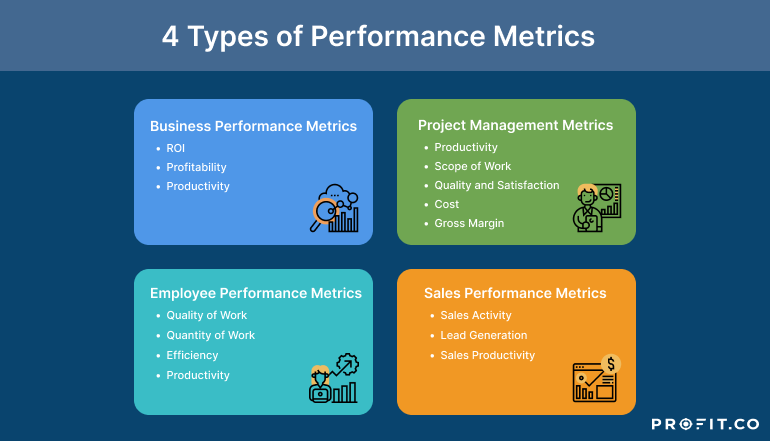

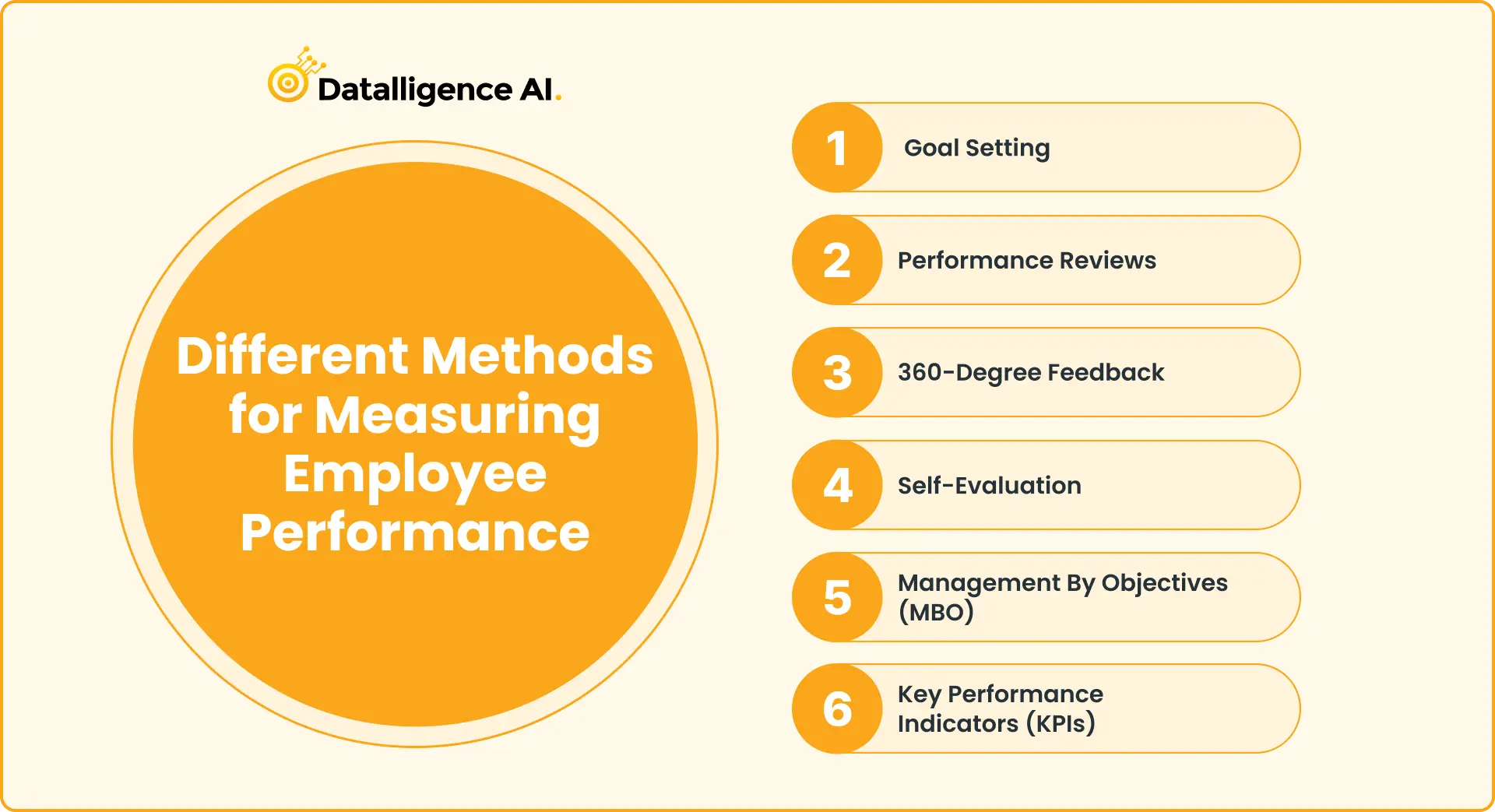

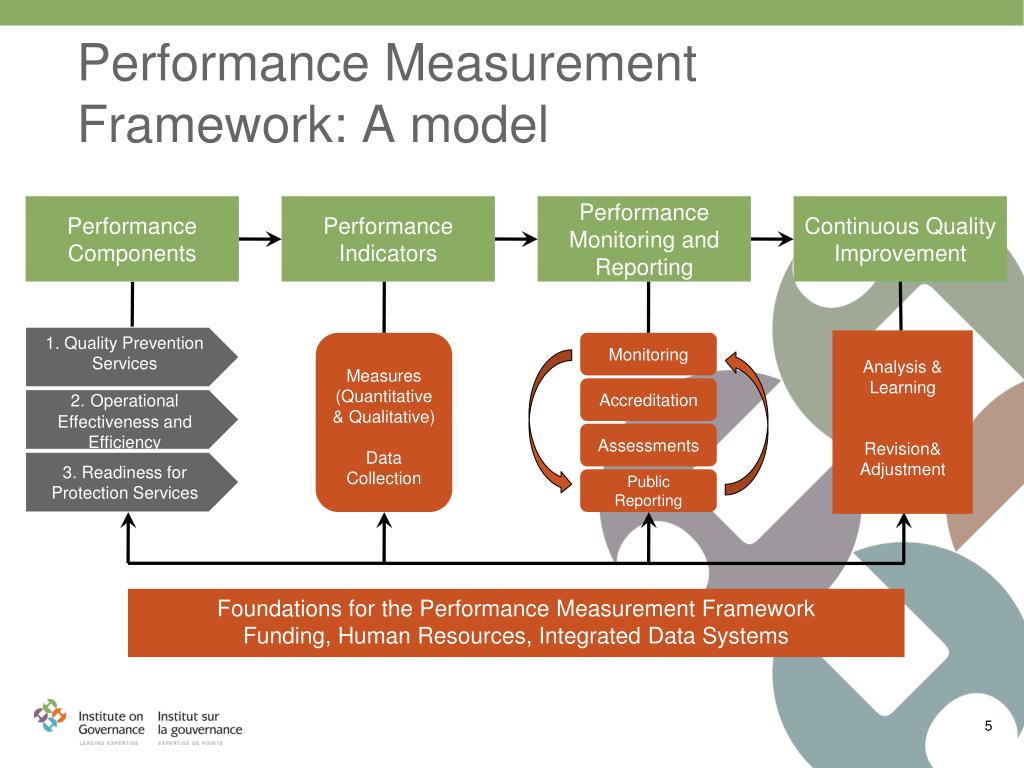
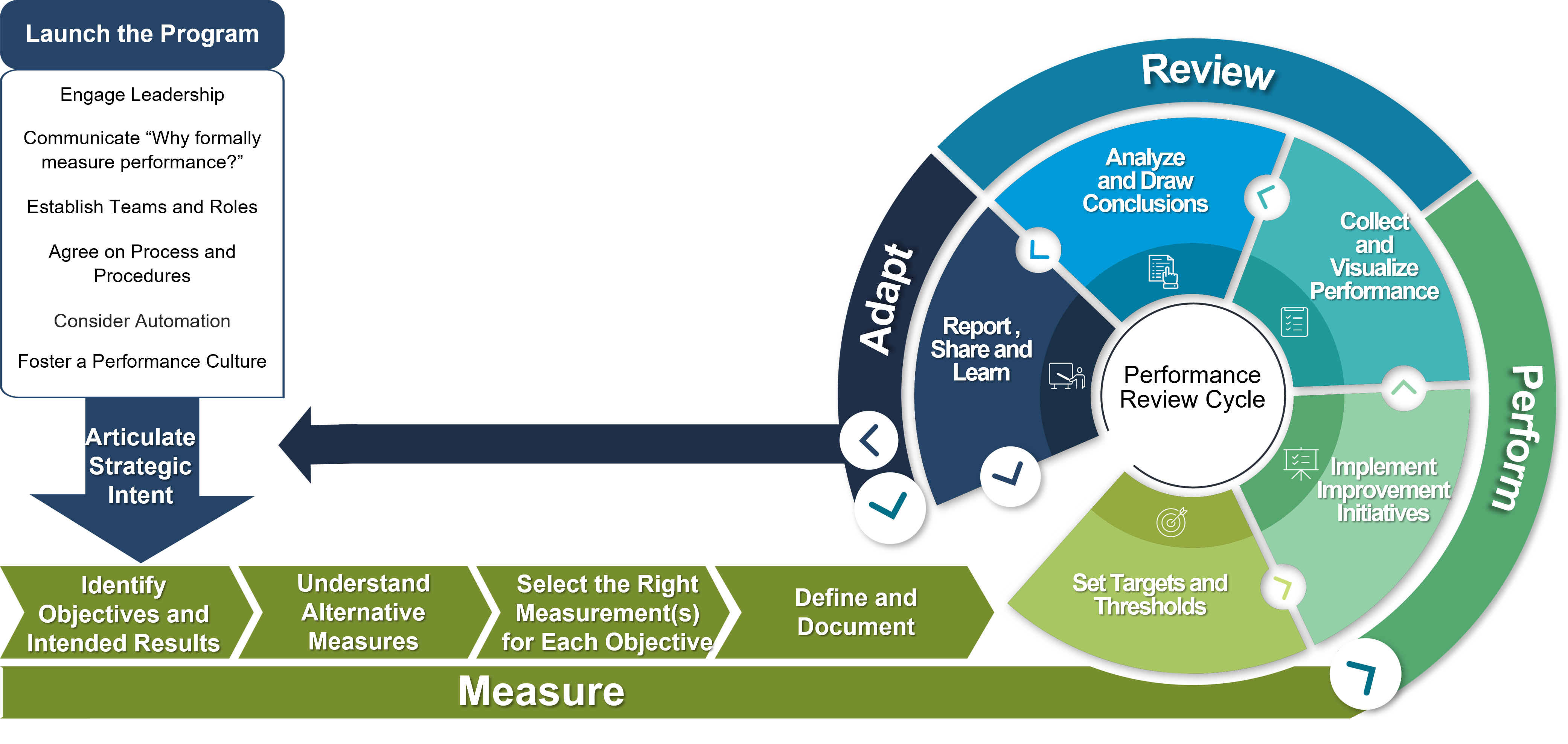

![How To Measure Department Performance HR KPIs: All You Need To Know 17 Examples], 57% OFF](https://www.aihr.com/wp-content/uploads/how-to-measure-hr-effectiveness-metrics-examples.png)
